There are seldom more sexier or more exciting designs seen in yachting than the recent Solaris Yachts fleet. The current Solaris 50 (my favourite) and the 55 along with their smaller and bigger sisters are the eyecatchers in every boat show they turn up and – of course – in every marina. Under full canvas the distinct sleek aggressive lines, the signature Dreadnaught bow and the very, very low cabin superstructure with the flush and clean deck is making yacht aficionados around the globe turn their heads around and dream away. These boats are the product of one of the most respected naval architects of today: The Argentinian master designer Javier Soto Acebal.
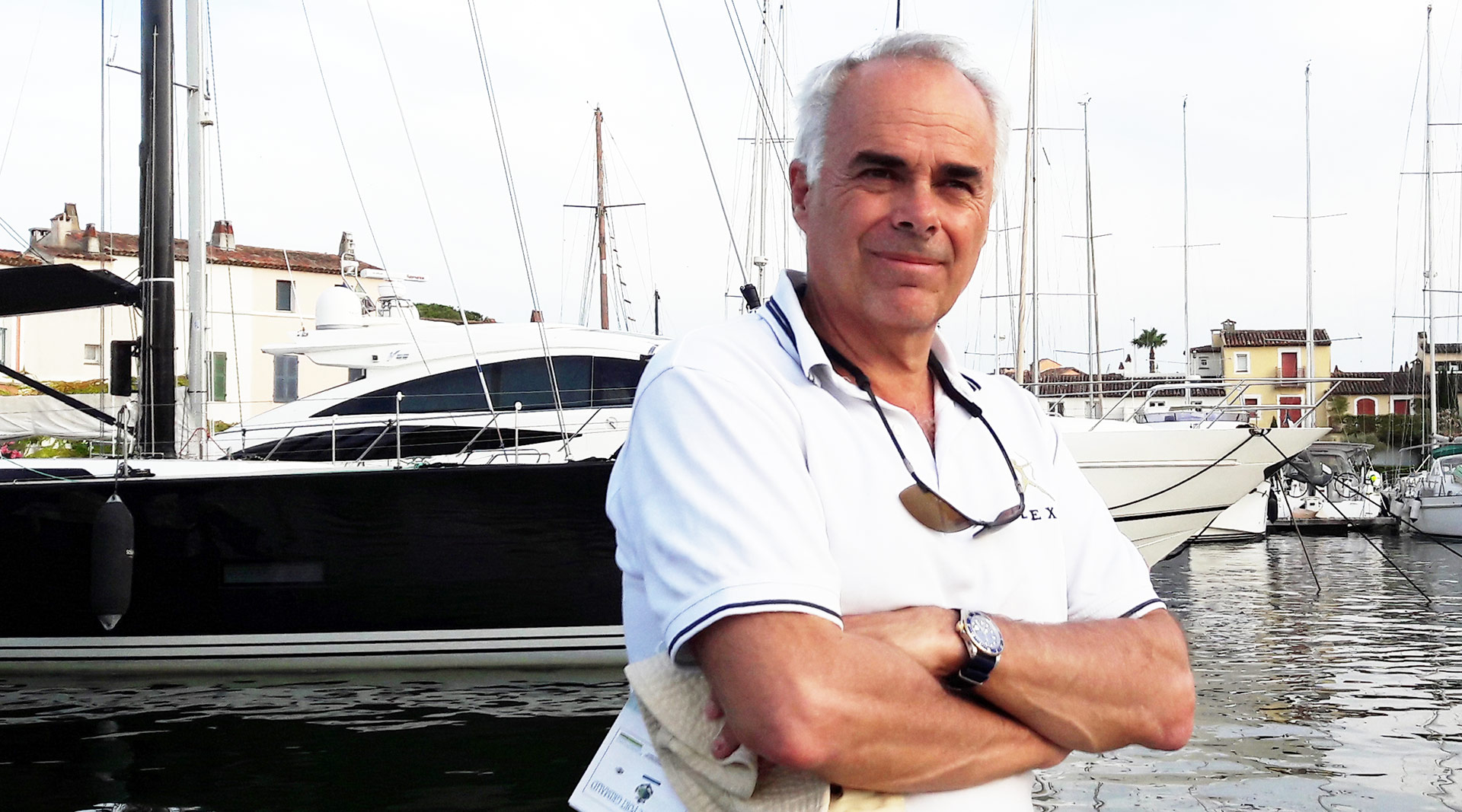
Over the time of a few days we´ve had a vivid email-conversation on his work and at last I was lucky to catch him on the phone for some deepening details. I had rarely made an interview where my partner was more enthusiastic, almost lyrical – Javier Soto Acebal, this is for sure, really lives his work with all the passion, heart and love a man could feel. Here´s what we have been talking about.
On his passion for yacht design
Lars Reisberg | NO FRILLS SAILING.com: “Javier, thanks for sharing your precious time with me. First let me ask, what is most fascinating in yacht design for you? Why have you become a naval architect in the first place?”
Javier Soto Acebal: “Since I was a kid, I was always attracted by the aesthetics of things: Be it a pencil or a car. As I began to grow, the sailing boats appeared in my life and I realized it was the most fascinating object that has ever crossed in front of me. Still even today I find it far more interesting than cars or airplanes – from a historical and mythological standpoint. A boat is “alive”. Later, as sailing was already a passion of mine, it was a natural step to dedicate my energy to create boats.”
NFS.com: “Concerning your passion: Are you designing yachts for your clients, no matter what, or do you try to incorporate a certain “Acebal”-style? What would be that Acebal-signature?”
Javier Soto Acebal: “It is difficult to transmit to the reader how far the influence of the client into the final design goes. There is the totally silent client up to the totally participative: In that spread you have the wise, the blind, the progressive, the secure, the unsecure, the aggressive, the mild and so on … but what could be a good basic philosophical posture by the architect? In my first years there was such an enthusiasm, that I have a client, that I can’t see many things in the complex relationship between client, architect and that object that must born. So I have the need for a rooted, basic thinking, to be all along the process. “Defending the boat”, not me, not the client, not the yard. Sounds hard, but it is like a partnership with that object that cannot speak or defend on its own. I have found myself on so many meetings, thinking “Oh poor boat! I must save you from that decision!”. And sometimes I am really a gladiator against the client protecting his boat. For example, I was arguing with a client owning a classic boat. He wants to install a modern Bimini. The boat is already in the water for two years and I am hysterical with this modern object he wants to install: So I am nightmare to him trying to stop that surgery … and guess what, I have a silent ally. His boat.”
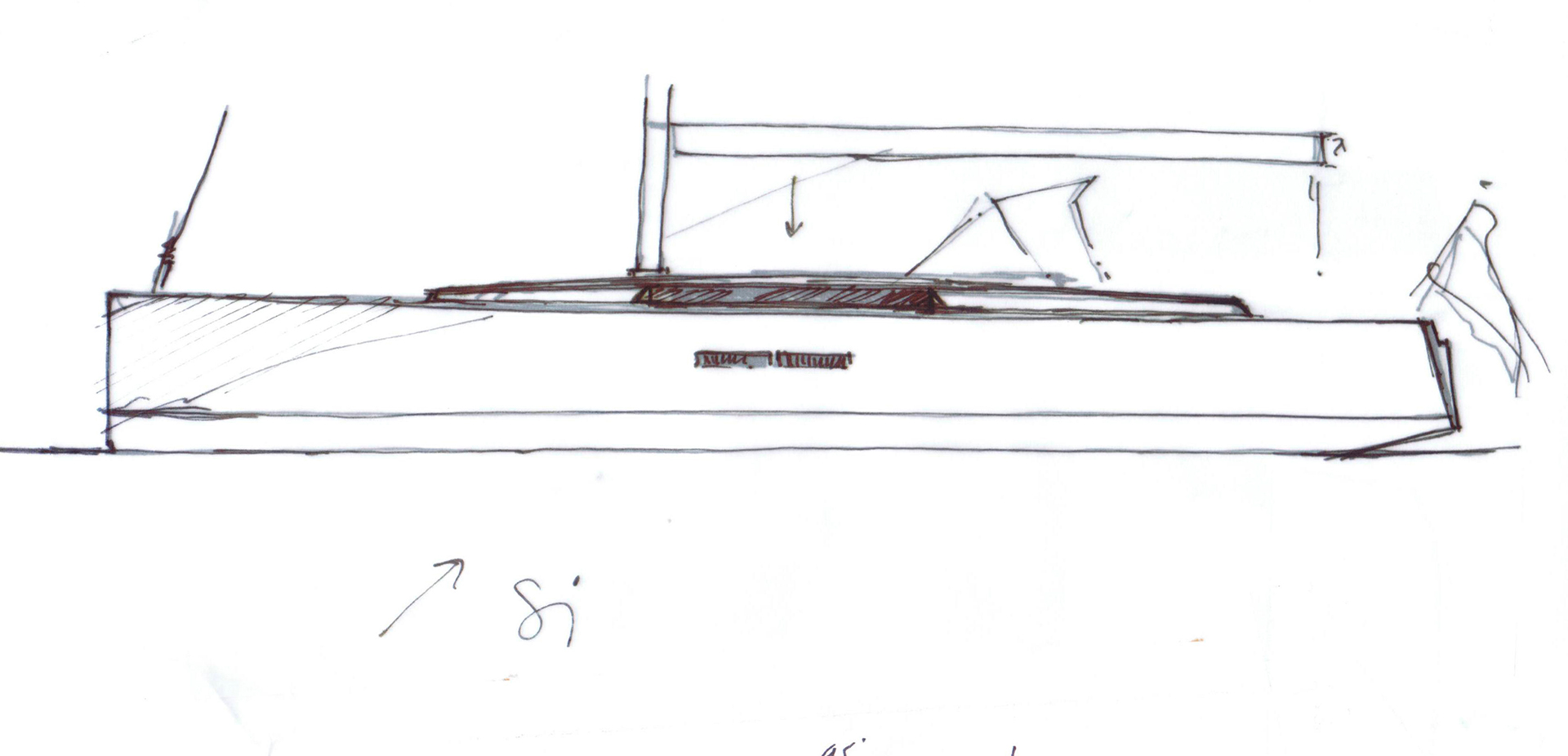
Javier Soto Acebal: “It is difficult to find an explicit signature in my boats, as I have done so many variations of the theme. My signature maybe is beneath what you see. It is in that obsession to create something functional that is as pleasant to the eye as possible. How to please the eye of course can be very subjective. In my approach I try to be simple, try not to disturb the eye with unnecessary aesthetic elements. I try to be innovate in a wise way which itself is put in a correct and secure proportion. Of course, I also never ever play with the client´s money. There must be a scale of risk and innovation, I am a designer who prefers to be on the low part of the scale that is good for some ones and not so good for others, but this is a wide world.”
“Yards like Wally or Solaris improve my designs.”
NFS.com: “What was your first ever designed yacht? For which client did you design it, when and what have been the main characteristics of the boat? Has it been successful?”
Javier Soto Acebal: “My first yacht? It was done for the worst client ever: Me! I was designer, owner and skipper in one person. This 25-footer was called FOXTROT as at this time I was very fond of Peter Gabriel´s “Genesis”-period, you know: “Selling England by the pound “ was too large for a proper name … This boat was extremely aggressive for the IMS rule. It was built in laminated wood. I can tell you, I had never ever have such a ballast ratio in my career again, not even on Carbon Prepeg- or Nomex-racers. My boat displaced 1.500 kilograms and had 1.000 of them for ballast. Of which were 500 on the keel and 500 internal. Chain plates were in Aluminium, Carbon rudder and the deck was calculated to sustain up to 90 kilos people. There wasn´t a cabin sole as you had to walk above lead. I located the keel and ballast exactly on the centre of buoyancy. Then I designed the sail plan to have a proper balance. Pitching conditions were welcome! The debut race was a hard one, 35 knots downwind, 35 miles. Guess what? We won the general result by 16 minutes on corrected time to the second boat! We crossed the line fourth in real time in a fleet of 50 boats: And we had been one of the smallest. That year the boat won the gold medal in its class, and was a good promotion to begin my business of IMS-optimizations to many of the actual racers in Buenos Aires of that time. That helped me to know the boat owners. Years later these people become my clients.”
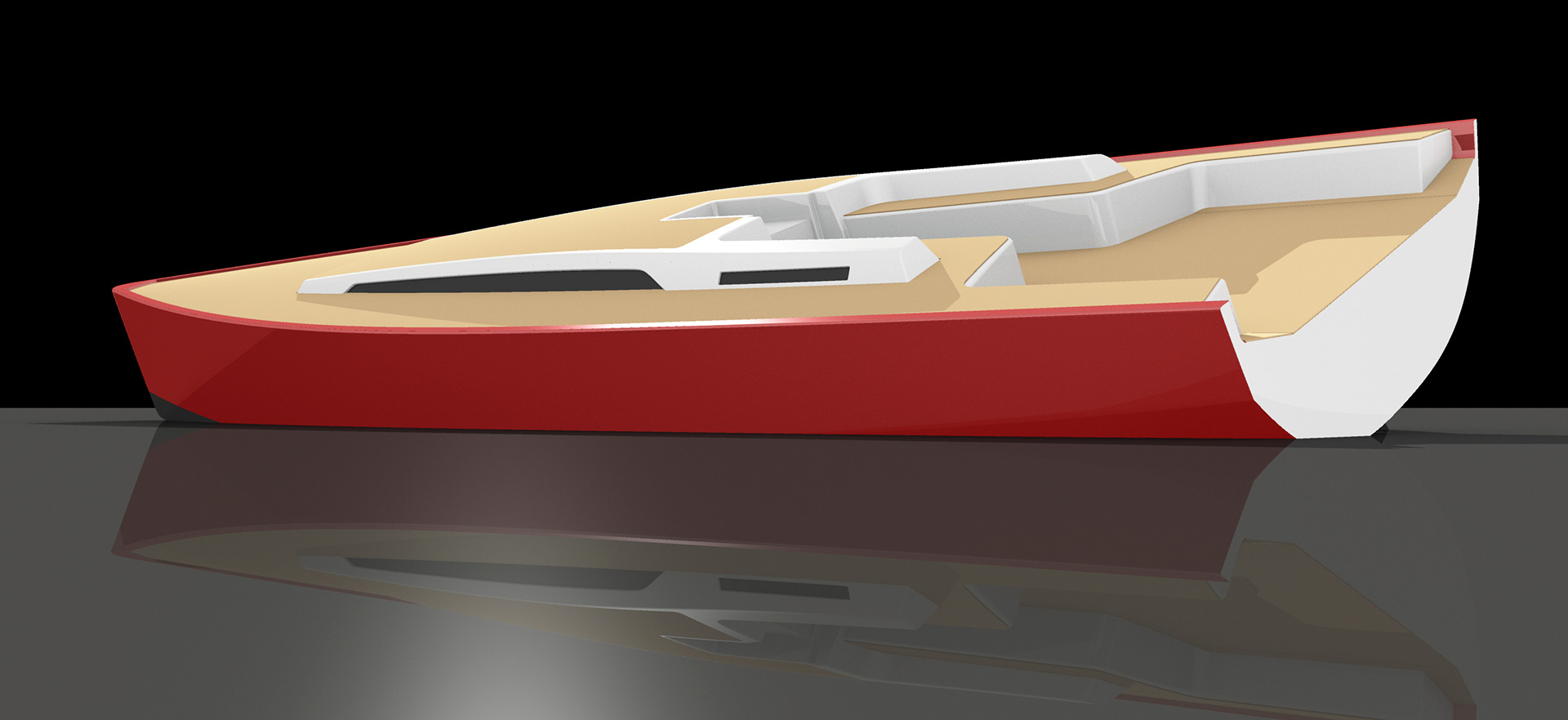
NFS.com: “What is the fastest design every done by you?”
Javier Soto Acebal: “That´s maybe the Wally 130. I say maybe because my 145 feet schooner can be fast in upwind too.”
NFS.com: “What is the most successful Acebal-Design until now? What is “success” for you anyway?”
Javier Soto Acebal: “In the racers, my design number 6, a 40 feet carbon racer is the most successful one. She has won eight times the local summer circuit and this summer she was second with the same score as the winner: A Soto 40 OD. On the cruisers, ALEXIA, a Wally 100, I have found myself fly-fishing one day and answering the poor signal phone. On the other end was the the owner saying: ´Javier, I am in Italy right now and just calling to tell you how thankful I am of the boat you designed for me.´ It´s an almost perfect boat with a perfect client. I would also like to add the Solaris 50. Everything goes well there and also luck was helping: Because always there is a mysterious hidden impulse that can help or not I would say. In this boat everything was aligned, she is a pretty perfect boat. Success on the racer is winning, that´s simple. But on the cruiser there is a universe of feelings, functions and service which must be aligned in a happy owner to make the boat a proper one.”
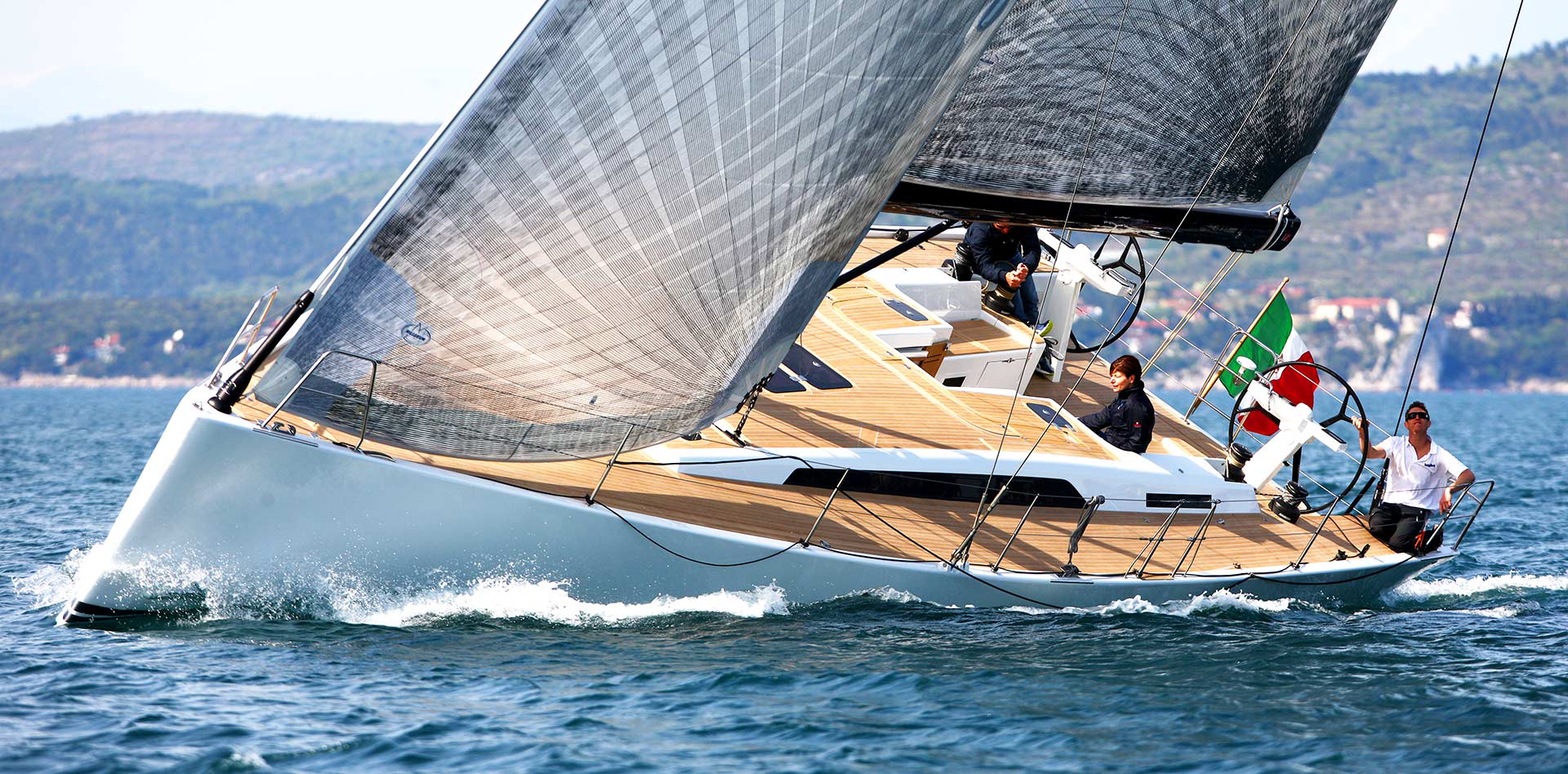
NFS.com: “Had there ever been a design that failed you or your client´s expectations? Why? What should have been made better to make it successful?”
Javier Soto Acebal: “Well, many times! In simple words: When I hand over a design to the yard that has 8 or 9 points and they later create only a 6 points boat. With yards like Wally and Solaris it is exactly the opposite: They improve the architect´s design. No doubt and that is a pleasure for me. Many times, it is impossible for the architect to save the boat. It is complex to explain, but there are so many personal passions involved in the process from power-desire of people up to jealousy between the people involved creating the boat. It is here when a clever owner can have a holistic vision, the power and the political skills to solve bad situations. I have seen this so many times and sometimes I get desperate, thinking of that boat that can´t defend itself from the stupid. Many times the designer does not have the political power or skills though.”
NFS.com: “Have you ever refused to make a design? Which was it? Had you ever to give up on a client´s briefing and why was this?”
Javier Soto Acebal: “Oh, yes, some years ago. A client asked me to do a 40 footer with the condition that he will locate the boat´s mast. And behold: He was putting it extremely aft. He folded a strip of paper in an L form and blew at it from booths sides, wanting to show me how stable his aft mast position was. Well, being a gentleman with good manners I recommend him a colleague who in fact was a crazy genius designer. They did it together and the boat works well. They never recognized they move one meter forward the mast, but we are still good friends …”
On the difficulty of working for manifold clients
NFS.com: “Tell me more on how different it is to be working for a range of clients in terms of briefing, refining a design and actually realizing your vision and bringing it in line with your client – for example Solaris.”
Javier Soto Acebal: “As I was mentioning before, each client is a unique universe. A universe that will affect the design much more that he can realize. I have had clients who said: ´Do it as you like.´ And in the other extreme there are clients who want everything analysed and explained in deepest detail. Both positions can lead to a good boat: The key is in the form it is done. Is it progressive? Are we improving? Have we taken out all of our pre-concepts? Are we thinking as a team? Are we focusing deeply in the boat? And so much more. With Solaris we have a synergy that works. Why? We do not stop to think why something is working. We don´t just feel comfortable and are happy with the results. But for sure it is good to stop and analyse. I would say with Solaris that the yard team are good designers, just as I am. I would also say they have an eye for aesthetics – much more than I have. I can day that they are very professional and that many good qualities are to be found on a yard. But the main ingredient, for me, is the real life human relationship. I honestly like them, I like the owner of the yard, I like the project manager, the tech team. I feel comfortable with all of them. So in this relationship I think there are not egos or political issues affecting the process. I am very humble and ready to accept my mistakes. I do as well defend the boat, but if for example Michele Ricci, my technical guide at the yard, tells me: ´Javier that cabin is horrible, think it over!´ I just know he is seeing something that I don´t. No ego here – and a white empty paper for the architect!”
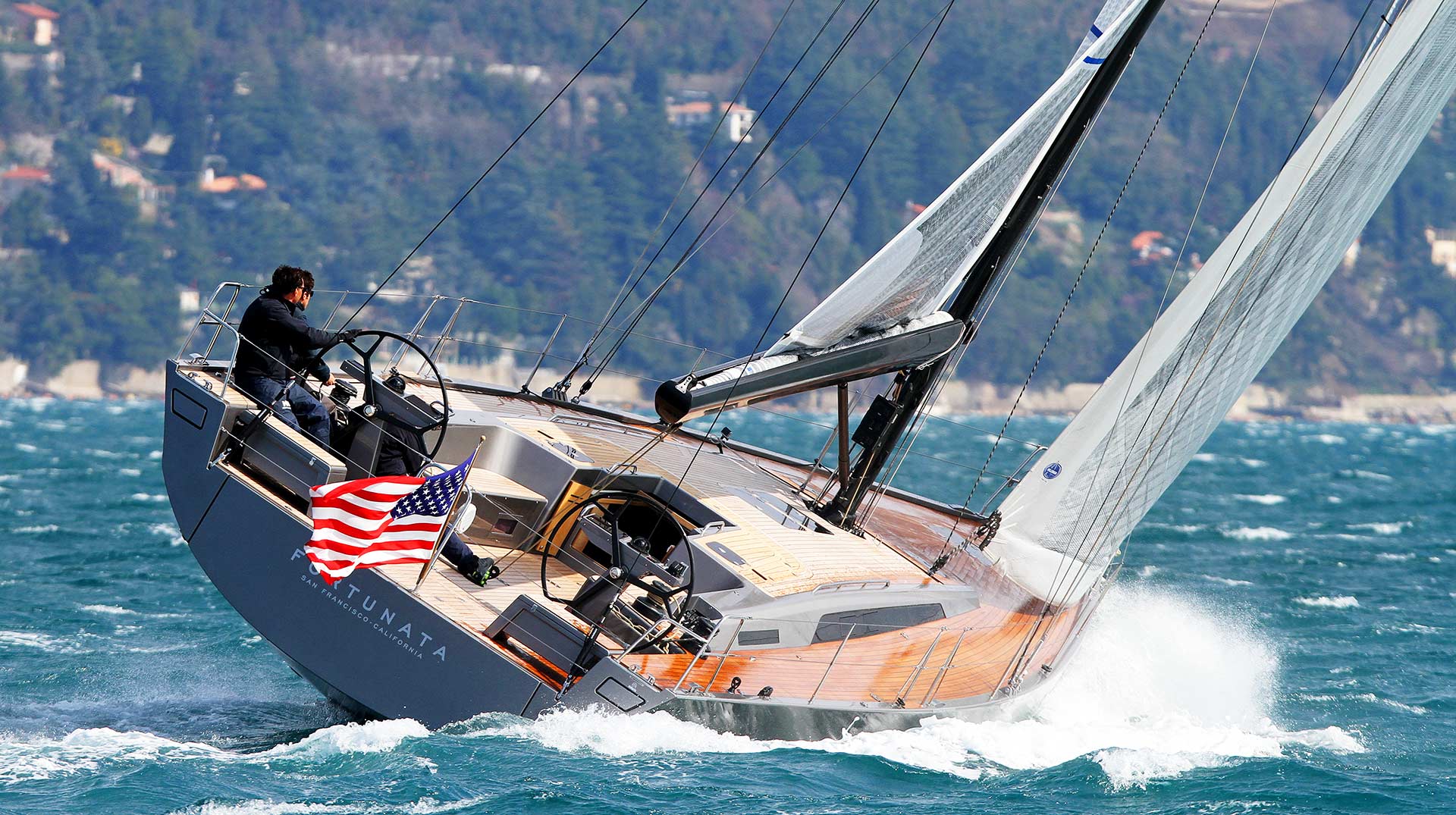
NFS.com: “Is there something you always wanted to do but didn´t had the chance yet?”
Javier Soto Acebal: “Sincerely no, I still can´t believe what I have achieved so far. I have done so many boats! When I was at the university before I was working with German Frers, I dreamt that one day I will design a boat. And I promised to myself, if that happens, at least one time – I will never ask for more. Well, when FOXTROT finally hit the water, I told myself: ´Well you promised you will be thankful for ever!´ And so: I am.”
NFS.com: “What is your current project?”
Javier Soto Acebal: “We are finishing the Solaris 44 and two bigger ones. I am afraid I´m not sure if I can tell you the sizes. And then there is a 48 feet ORC-racer currently being designed and a big Maxi One. And again I am afraid I can tell yet much more.”
Designing Yachts for Solaris
NFS.com “Mentioning Solaris again: When and how have you been appointed principal designer for Solaris Yachts? Why did they choose you?
Javier Soto Acebal: “As far as I know I have been recommended by Luca Bassani (founder of Wally Yachts). Then for the final decision the heads of Solaris yard wanted to see my face at the yard in Aquilea. So I did fly there and we had some meetings about a new Solaris 44. They knew they wanted to make one but they hadn´t a confirmed designer. They were doubtful about me when they saw a 44 I was drawing for a client, which was not good for their aesthetic point of view. I noticed this and I realized that I was losing the chance. So I took a piece of paper: ´Look at my hands´, I told them and a basic sketch arose. They liked it and we signed.”
NFS.com: “What is special about the philosophy of Solaris Yacht, what sets them apart from other brands on the market?”
Javier Soto Acebal: “I think there is a solid thinking of sustaining a solid concept. The combination of boat and aesthetics. Inside the concept there are so many variables such as quality, seakeeping, respect for the function, grade of innovation, service, et cetera. A cocktail that must be coherent, reliable and respected by all the people involved. For the aesthetics, every yard has its preferences, for us this topic is the main factor, where we must have an extreme discipline to achieve the goal. We must know what we want and what we don’t. We are searching the simplest possible aesthetics. We try to reduce elements and volumes. We go for short cabins and coaming, we try to have as free bow area as possible, we verticalize transoms so we can extend the sheer line vision and relief the tensions between seatbacks and transom. Those elements must not disturb each other. There is an intention of using simple curves, avoiding double curvature zones, so the eye can solve things in a more pleasant way. Deck and cabin camber is soft, seats are simple, dodgers are hidden, and so are the halyards. There is so much special here.”
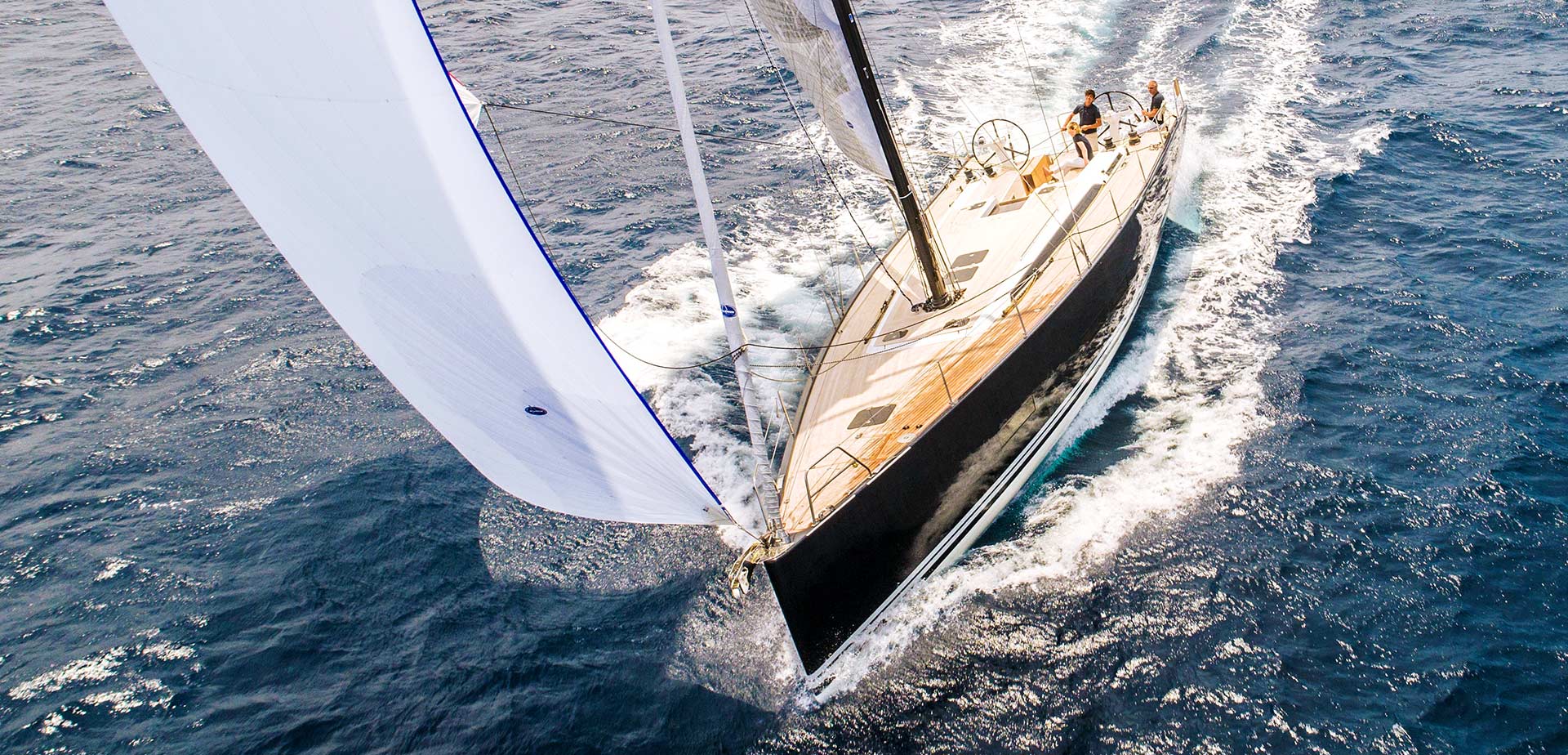
NFS.com: “The current Solaris-line is considered a “true” Med-style sailing yacht. Would you agree on this? What is the character of Solaris in your eyes?”
Javier Soto Acebal: “Yes and no. You see, a friend of mine owns a Solaris 58. He will have her in the South of Chile in a fjord-zone with hard rain and strong wind. So, the boat will be adapted and I am convinced it will do it right. Solaris boats have very proper interior volume, good freeboard, aggressive low centre of gravity keels, generous displacement to deal with the sea. For sure the boat has the Mediterranean look and for sure the boat works fine there, but I feel a very good blue water cruiser is hidden below that sleek appearance.”
NFS.com: “Especially Solaris 50 and 55 are – in my eyes – one of the most exciting and sexy designs currently under sails. How much design and how much function is in the boats?”
Javier Soto Acebal: “Thanks! That is the idea: A sexy boat! I personally sail the 55 with my family. Leaving port, tacking and sailing is very easy, that counts too. There is and must be a great effort on boats like these towards the function. They are cruisers with most of the owners sailing alone with their families at sea. So the functionality must be there, if not – we have failed.”
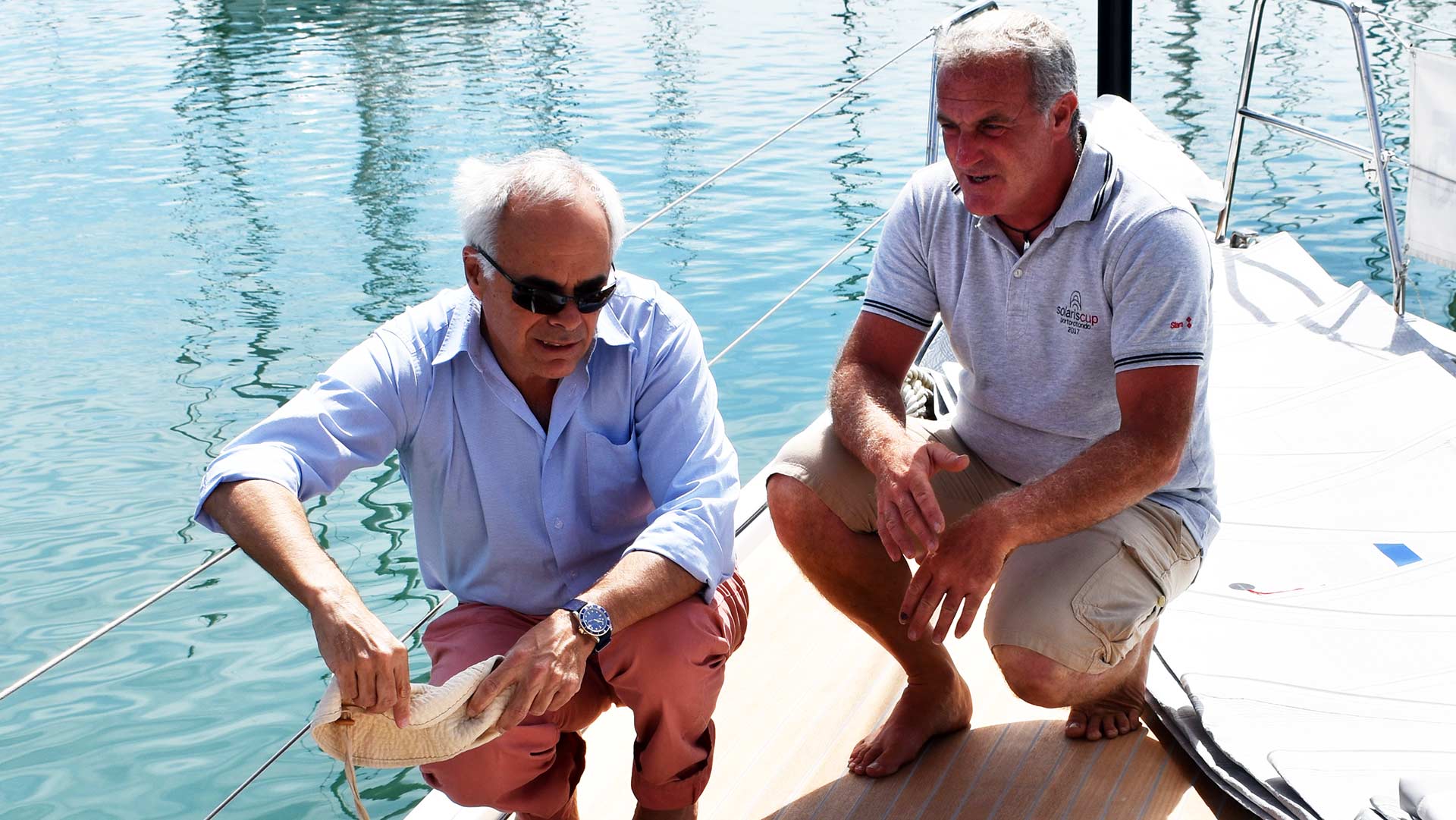
NFS.com: “In your eyes: To whom appeals the Solaris most? What do you think is the typical Solaris-sailor like? Where is a Solaris 50/55 positioned among other brands in terms of sailing performance?”
Javier Soto Acebal: “I am not certain here, but from the clients I know, I would say that there is an important appreciation of aesthetics. That´s the first step: IT MUST BE NICE! Of course, then there is the need to know if the boat is a proper cruiser: Will she be strong enough? Is she well built? Does everything function properly? The happy surprise is that the ones I know of have found positive answers to all of these questions. Yes, it is a surprise that a lovely looking boat can be a real tough cruiser. About sailing performance: For sure there is not a miracle. My job is once I know the displacement try to achieve the best performance possible. So all the breed of my racers come to help. As I told you, we are aggressive with the keels and rudders, we are not shy with canvas area, our masts are very high. We are very long at the designed waterline, powerful sterns and bows, max beam carried well astern, big area into the fore sails. You see: All that I can do, I will do!”
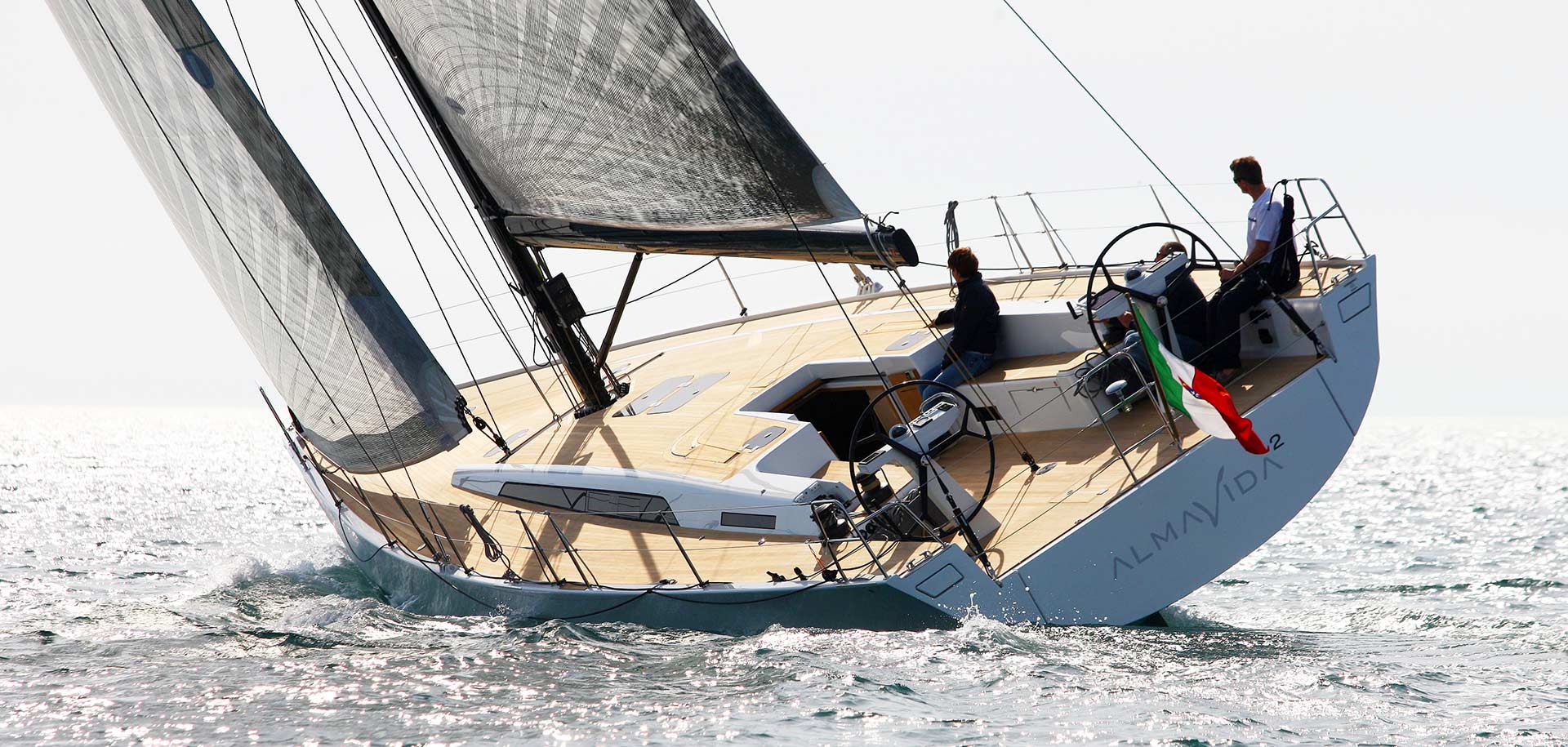
NFS.com: “With her very low profile of superstructure and coach roofing and the high freeboard, the negative dreadnaught-stem and twin rudder configuration the current Solaris yachts had been a big leap for the brand itself – where will the yard go in the future? What are, from your perspective, the main potentials for another major changes in yacht design in the future anyway?”
Javier Soto Acebal: “I am not an aggressive innovative designer, and so is Solaris. We both love to evolve, but step by step, in firm terrain. We do take risks, but we do it wisely. So now we are evolving in some naval architectural configurations. For example, we are going for slightly slender boats at the max waterline beam and increasing the beam into the aft and forward zone, ending with a water plane with higher inertia. We are combining this with an increase of form stability so we will see boats with higher values of stability combined with lower values of displacement. A small evolution towards better boats. Also slightly we are moving mast astern and increasing genoas, code zeros and gennaker areas. Aesthetically we are changing the sheer line shaping, also in a small amount, but there is a need for new sheer lines when you have such a beamy stern zone. So sheers are becoming flatter and lowering more aggressively toward the transom. If not an ugly form can appear under heeling at the windward view. That´s basically it.”
Thank you so much, Javier: This was one of the most intense and enlightening conversations in months! I look very much forward in finally inspecting a Solaris yacht by myself and trying to find out what this special Solaris spirit really is.
You may also be interested in reading interviews with these naval architects:
Niels Jeppesen of X-Yachts on Scandinavian Sailing Philosophy
Marc Lombard on a French Approach to Sailing
German Frers on his collaboration with Hallberg-Rassy
